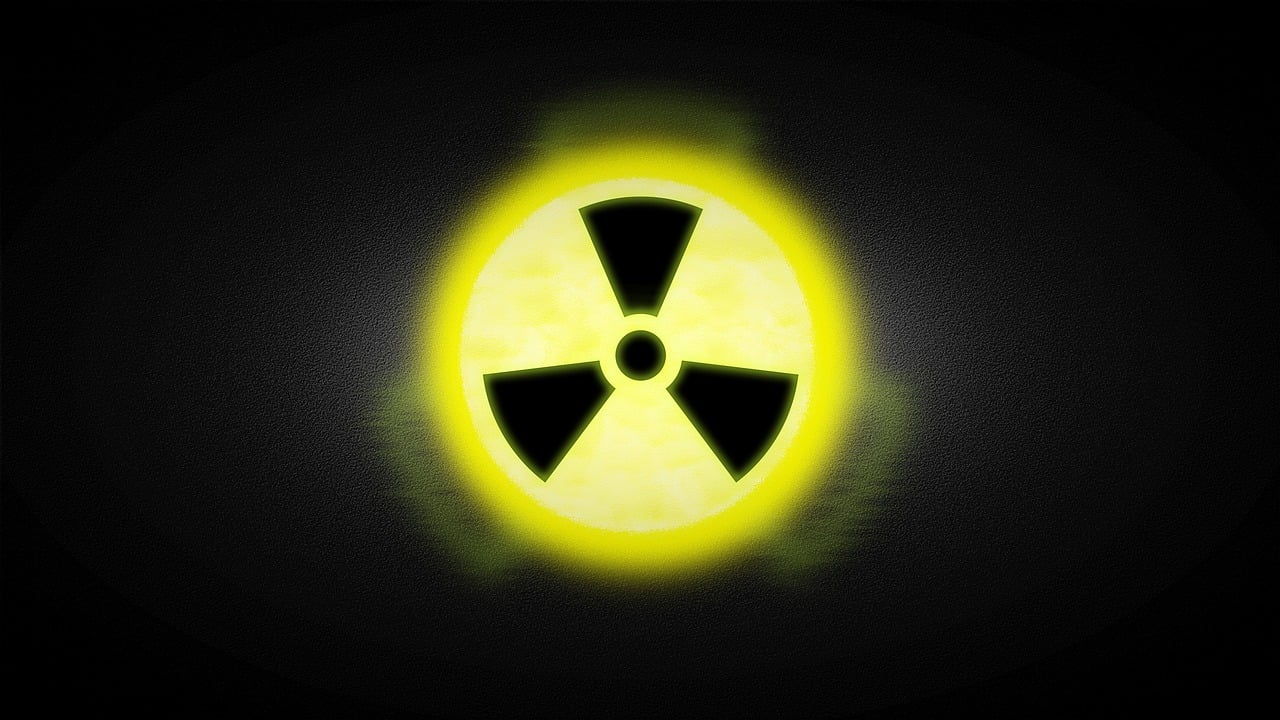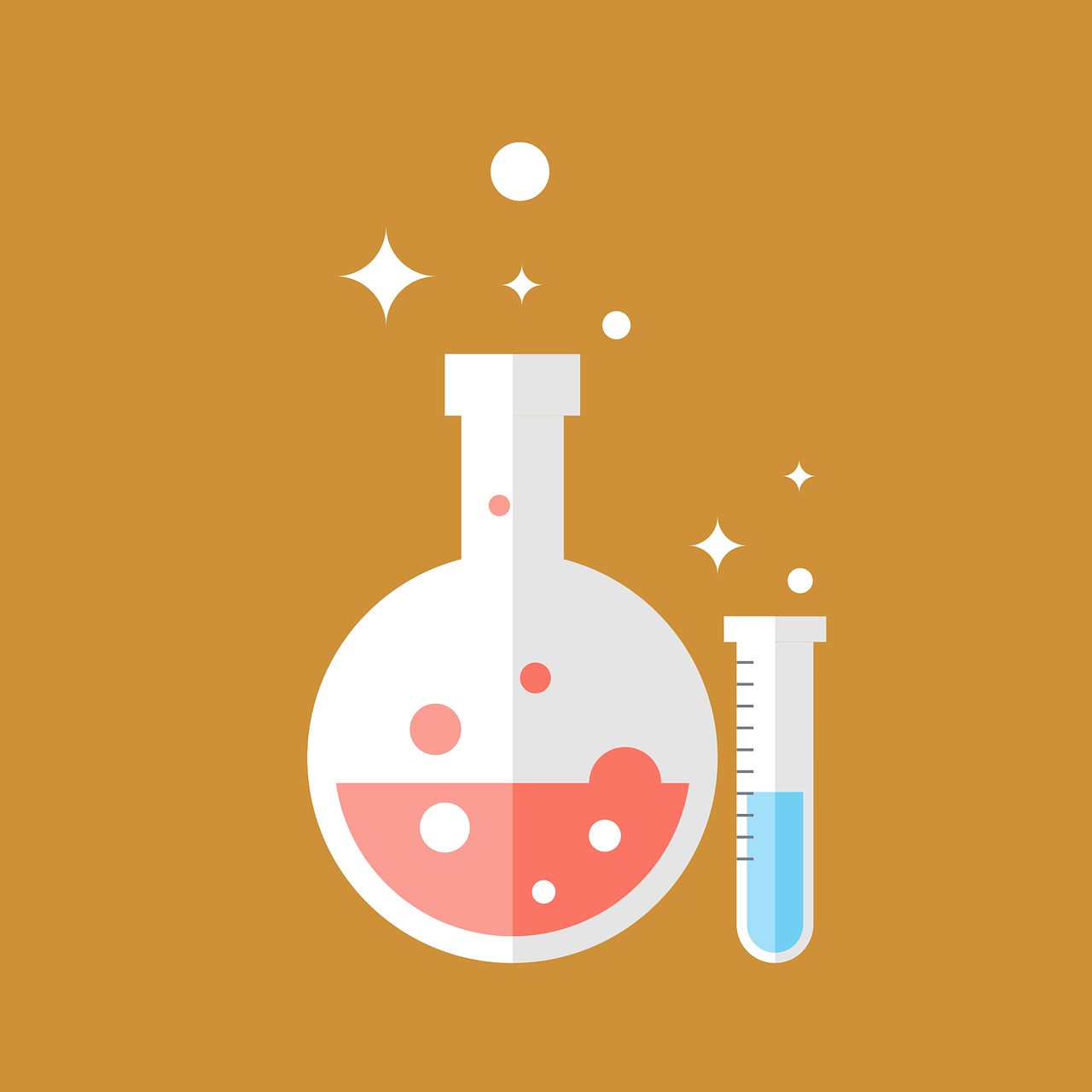Introduction
In a world grappling with the environmental consequences of plastic pollution, a new hero is emerging on the scene – bioplastics. These innovative materials, derived from renewable sources, offer a glimmer of hope in the fight against plastic waste and the depletion of fossil fuels. Bioplastics represent a paradigm shift in the way we think about plastics, ushering in an era where sustainability and functionality coalesce. In this article, we embark on a journey through the captivating realm of bioplastics, unraveling their composition, types, benefits, challenges, and their potential to reshape the plastic landscape.
Bioplastics Defined: A Symphony of Sustainability
At their core, bioplastics are polymers fashioned from organic sources, such as plant starches, sugarcane, and even algae. This stark departure from traditional petroleum-based plastics is a testament to the industry’s commitment to reducing its carbon footprint and dependence on finite fossil fuels. Bioplastics encompass a spectrum of materials, each with its unique blend of natural and synthetic components, resulting in plastics that are not only functional but also gentler on the environment.
Diverse Types of Bioplastics: Unveiling the Palette
The world of bioplastics is a vibrant tapestry woven from various materials, each with its distinct properties and applications:
Starch-Based Bioplastics: Crafted from corn or potato starch, these bioplastics find their purpose in disposable cutlery, packaging, and agricultural films. While they might not be as durable as other bioplastics, their biodegradability makes them a promising choice for single-use applications.
Polylactic Acid (PLA): Derived from fermented plant starch, PLA is a versatile bioplastic with applications ranging from packaging and textiles to medical implants. Its ability to biodegrade under specific conditions adds to its appeal.
Polyhydroxyalkanoates (PHA): Produced by bacteria that feast on plant sugars, PHA bioplastics excel in versatility. They grace a spectrum of applications, from packaging and agricultural films to medical devices.
Bio-Based Polyethylene (Bio-PE): Emerging from sugarcane ethanol, Bio-PE stands as a renewable alternative to conventional polyethylene. Its potential is vast, spanning packaging, consumer goods, and more.
Polybutylene Succinate (PBS): Crafted from corn and vegetable oils, PBS bioplastics present a biodegradable option for packaging, textiles, and agricultural films.
Benefits and Challenges: Weighing the Scales
Bioplastics offer a compelling array of advantages that beckon us towards a more sustainable plastic future:
- Reduced Carbon Footprint: The production of bioplastics generally emits fewer greenhouse gases compared to their petroleum-based counterparts, contributing to a lower carbon footprint.
- Renewable Resources: The reliance on renewable sources curtails our dependence on depleting fossil fuels, offering a path towards resource sustainability.
- Potential for Biodegradability: Certain bioplastics have the innate ability to biodegrade, potentially mitigating the persistence of plastic waste in the environment.
However, the road to bioplastics’ widespread adoption is not without its share of challenges:
- Resource Competition: The use of bio-based materials for bioplastics raises questions about competition with food production, necessitating careful resource management.
- Biodegradability Variability: Not all bioplastics are inherently biodegradable, and even those that are may require specific conditions to break down effectively.
- Properties and Performance: Bioplastics can exhibit variability in properties compared to traditional plastics, demanding meticulous engineering to ensure optimal performance.
A Glimpse into the Future
As the global push for sustainability intensifies, bioplastics are emerging as a beacon of promise, offering a bridge between plastic functionality and environmental stewardship. They embody a shift in consciousness, prompting us to question and recalibrate our approach to plastic consumption. While challenges persist, the potential of bioplastics to pave the way for a cleaner, greener, and more responsible plastic era cannot be ignored.
Conclusion
Bioplastics represent a transformative stride towards a more harmonious relationship between human innovation and the environment. The evolution of these materials stands as a testament to human ingenuity, as we endeavor to preserve the planet’s delicate balance while meeting the demands of modern life. As the curtain rises on the age of bioplastics, their journey from laboratories to supermarket shelves holds the promise of a brighter, more sustainable future – one where plastics harmonize with nature rather than disrupt it.















